NATURAL WORLD
Uncovering an ancient subterranean society: Are plants using underground fungal networks to ‘communicate’?
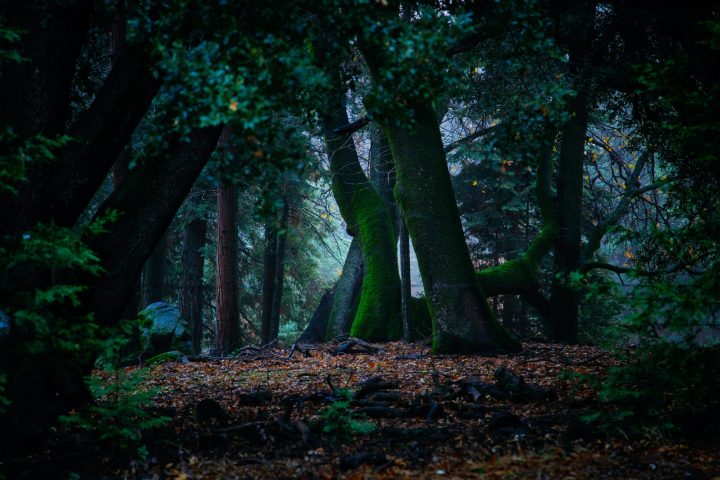
One of the planet’s most intricate societies has existed underground for millions of years. But it is only in the last several decades that scientists are scratching the surface of what exactly this society can do.
From talking-tree legends and lore spanning generations and cultures, to characters in books and films like Pocahontas’ sage Grandmother Willow or J. R. R. Tolkien’s tree shepherd Ents of Fangorn Forest in Lord Of The Rings, popular culture has made it easy for us to sink roots into the fantastical possibility that the flora that carpets the earth’s surface are thinking, feeling and communicating ‘creatures’.
A relatively uncharted but rapidly developing and written about subject, it is only in the last few decades that studies have surfaced hypothesising, theorising and researching plant communication and behaviour.
One of the researchers thought to be at the helm of this budding field of science is professor of forest ecology at the university of British Columbia, Canada, Suzanne Simard.
In the summer of 2019, contributing writer for the New York Times Magazine, Ferris Jabr spent a few days with Simard and at the end of 2020 published an in-depth article entailing Simard’s relationship and career with the forests of British Columbia titled “The Social Life of Forests”.
Simard’s roots in forestry run deep. Having grown up in the interior rainforests of British Columbia surrounded by towering trees like cedars, hemlocks and paper birch trees, as well as a logger family, she followed in her forefathers’ footsteps and started her career as a forester in the 1970s.
However, logging had changed considerably since her family started and Simard quickly realised that the modern-day forest management methods were proving far more destructive than intentionally productive. So, she began to question why commercial forests weren’t as healthy as the natural forests she had experienced during her childhood.
After learning about the work of now emeritus plant science professor at the University of Sheffield, Sir David Read — the first scientist to prove, with certainty, that mycelial networks were shuttling carbon between green plants in the 1980s and therefore proving some sort of ‘connection’ between local ecosystems in Britain, Simard dedicated her life to studying plant communication and behaviour, specifically the relationships between tree roots and fungi (mycorrhizal networks) in North America.
“I started looking at these connections in the wild forests of British Columbia. Nobody had looked at that in the forests before and in my PhD, I actually found that our native plants — I was in particular looking and birch and douglas fir — were linked together in these networks. And then I wanted to know what the networks did,” says Simard in a podcast published earlier this year for The Guardian titled “Unearthing the secret social lives of trees”.
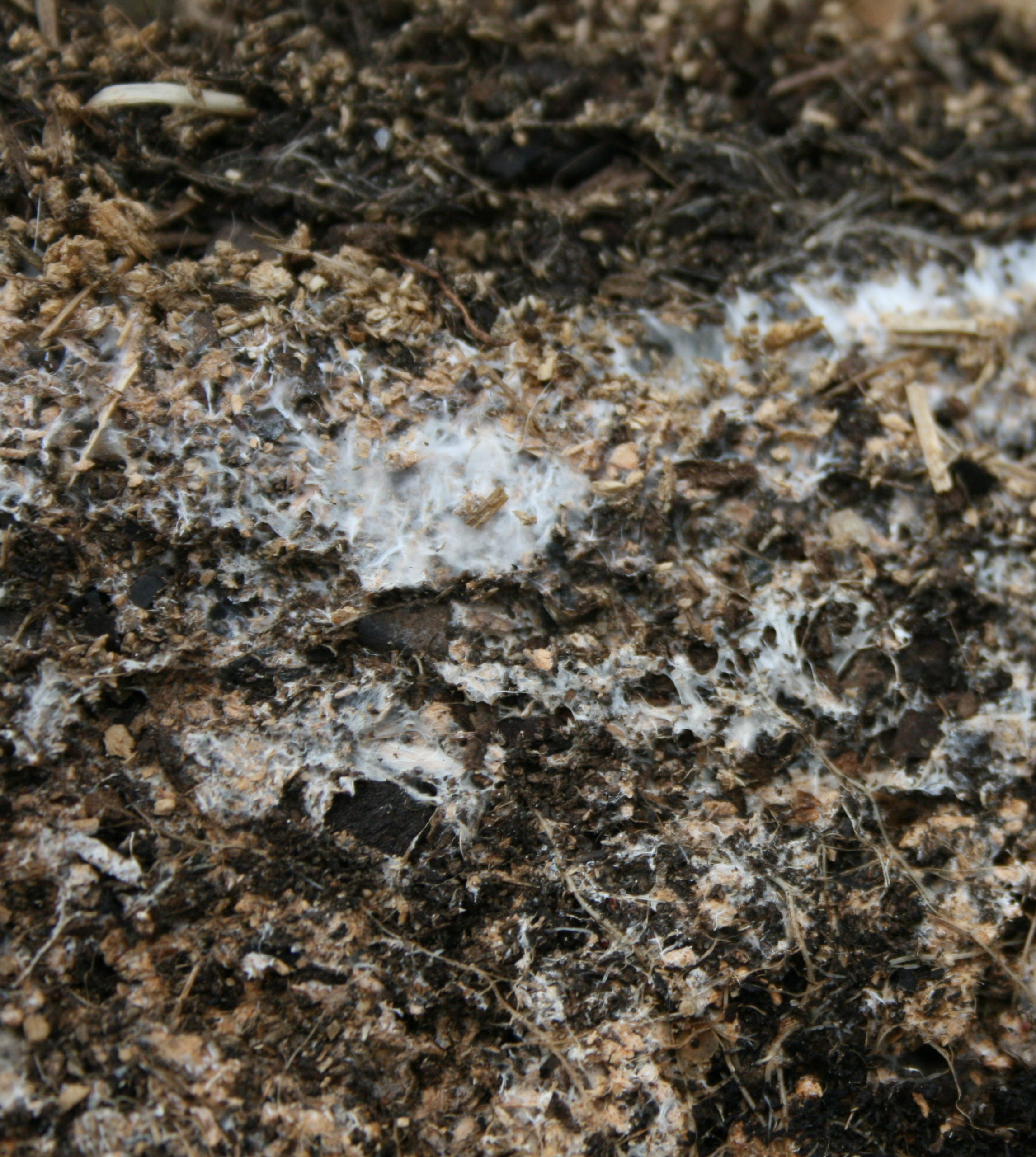
Mycelium. Image: Flickr
A pact between two kingdoms: understanding mycorrhizal networks
Simard was not only studying the mutualistic exchange of water and nutrients between trees via the mycorrhizal network but also the ability of the mycorrhizal networks to link plants together in a network aptly nicknamed the Wood Wide Web.
Fungi make up a separate ‘kingdom to kingdom’ Plantae and can be categorised into three different groups when studying an ecosystem according to Cape Town-based mycologist, Scone Malone.
“There are parasitic fungi, mycorrhizal fungi, and then saprotrophs and saprophytes which eat dead material and turn them into nutrients that the ecosystem can benefit from,” says Malone.
Saprotrophs and saprophytes are among the most common types of fungi found in our woodlands and manifest mushrooms as their reproductive parts which we cultivate for food. The entire organism makes up a network of mycelium.
A single filament or ‘strand’ is called a ‘hyphae’ which webs and nets with other strands to make up what is called ‘mycelium’. Malone explains that the mycelial network will grow under the soil, inside trees, or around roots.
“You can think of a hyphae like a lung and stomach. It is a microscopic filament (tube) which can grow very long and when I say externalised lung and stomach, whatever the hyphae touch can either be breathed in or eaten,” says Malone.
As the hyphae grow through the soil, they are looking for little bits of food like wood and once they find this food, they spawn a whole lot of filaments in the direction of the food and encase it as if digesting it,” Malone adds.
Malone says that mycorrhizal fungi can form symbiotic or ‘mutually beneficial’ relationships with plants through this network. Owing to their fine size and ability to grow much faster than the typical root of a plant, mycorrhizal fungi form either a sheath around the roots of a plant, or penetrate the roots of a plant to create an exchange of nutrients.
“What these mycorrhizal fungi can do is form this web-like network linking various trees and plants through which they can find resources like water to give to the plants and then the plants in return can give it food and ‘help’ each other in a sense,” explains Malone.

Mycelium. Image: Flickr
These networks of mycelium can get rather extensive. The biggest living organism on the planet is said to be a honey fungus that spans an area of approximately 3.8km in Oregon’s Blue Mountains.
“The uncontroversial part of Suzanne’s work (and this is well established and well-known) is that they [mycorrhizal fungi] can move nutrients and water between different plants and this does not necessarily have to be between the same species of plant. The fungus is kind of like the ‘arbitrator’ and decides who gets what, like a bata system — quite sophisticated for something that doesn’t have a central nervous system!” says Malone.
Malone says that in South Africa, there are visible mycorrhizal networks around like the Amanita muscaria — the characteristic red mushroom with white dots found in most fairy tales — which can be found atop Table Mountain.
Malone explains that mycorrhizal fungi can grow one of two ways: Either into the plant’s root system which is referred to as endomycorrhizal fungi, or around the plant which is referred to as ectomycorrhizal fungi.
“Ectomycorrhizal fungi generally forms relationships with most of our hardwood trees like pines and eucalyptus. That is about 5-10% of all plants on the planet and then endomycorrhizal fungi forms relationships with about 85% of plants on the planet and those include things like your ferns and conifers and your angiosperms so all flowering plants,” says Malone.
Emeritus Professor of Biological Sciences at UCT, William Bond, says that the yellowwood trees of the Knysna forest are ecologically most similar to the forest Simard has studied in British Columbia but that most of our more tropical forests lack trees with mycorrhizal connections of the kind studied by Simard.
“Our indigenous forests are likely to have a different type of mycorrhizal fungi joining them together. These are arbuscular mycorrhizae as opposed to ectomycorrhizae found in the forests Simard refers to in her work,” says Dr Nicky Allsopp from South African Environmental Observation Network (Saeon).
“They still can join plants but in all likelihood, there will be lower levels of nitrogen and phosphorus moved along the fungal hyphae. Ectomycorrhizas can move carbon compounds while arbuscular mycorrhizas don’t. As a consequence there is probably a lower level of nurturing seedlings in our forests,” she adds.
While Dr Allsopp acknowledges that the fungal network possibly helps the seedlings get established, she says that we don’t have evidence of how much this contributes and that there would also be other factors contributing to the success of forests that should be considered such as the role of forests in preparing the soil to suit themselves.
“Fynbos is a bit different because both the iconic Proteaceae and the ubiquitous Restionaceae (reed-like plants) do not have mycorrhizas but have other nutrient acquisition strategies. I’ve hypothesised that this is a strategy that allows lots of plant species to coexist because this reduces direct competitions in this very infertile vegetation type,” says Dr Allsopp.
Along this so-called ‘neural network’ Simard has found that not only do the networks occupy plant roots to expand their network to courier water and nutrients (phosphorus, nitrogen and carbon) back and forth but that there are other elements of communication that could possibly be taking place too. This includes the perception and communication of information such as ‘warning signals’ when danger is near.
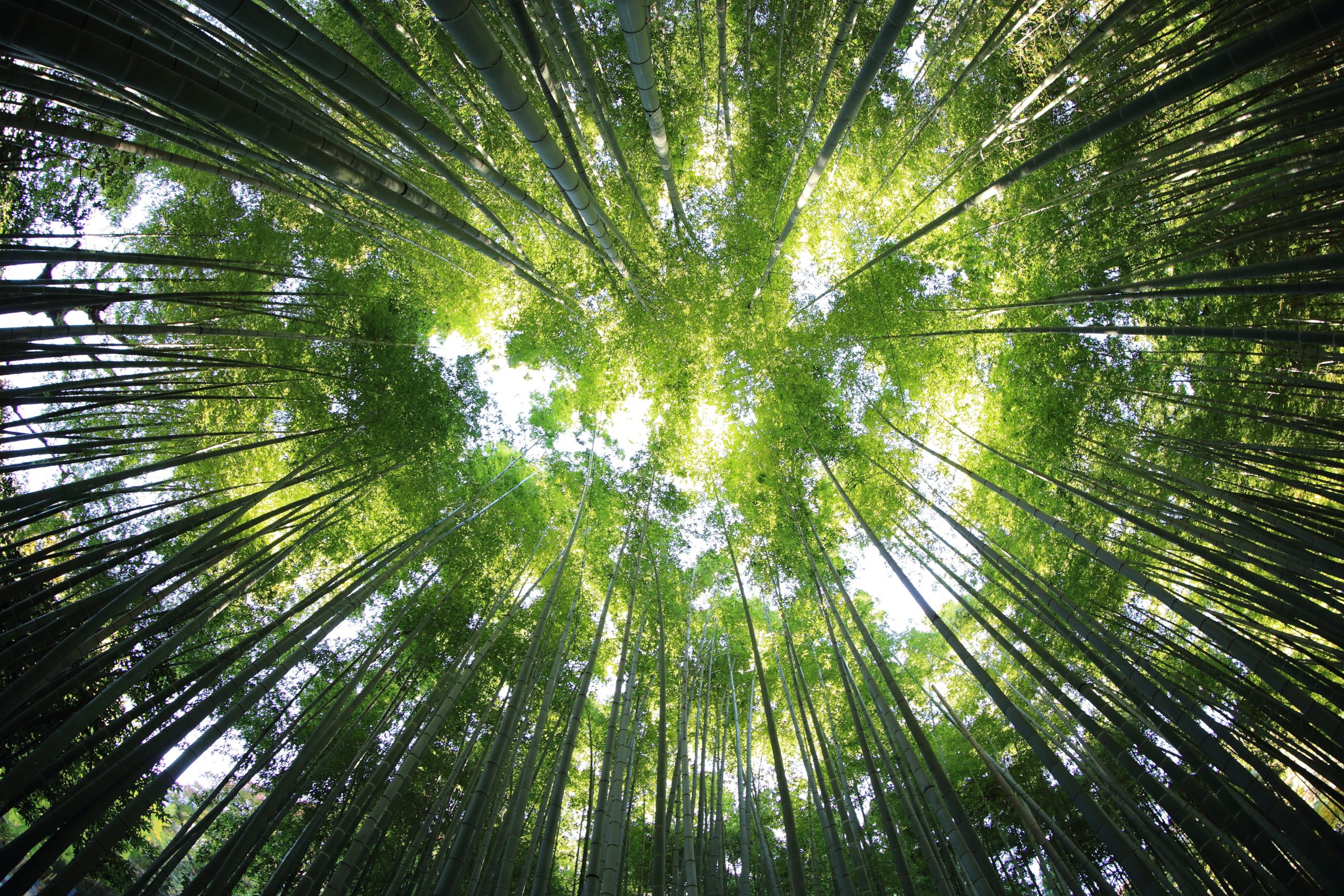
Image: Kuzuend / Unsplash
Simard purports that biochemical signals from one plant can move through the mycorrhizal network to neighbouring plants to ‘warn’ them so that those plants can prepare their own defence mechanisms in anticipation of the danger in an almost altruistic-like behaviour.
“Some of that biochemical cascade of events that happens as a result of that injury, some of those elements, some of those signals actually move through the mycorrhizal network to neighbouring plants and those neighbouring plants will pick up those signals and then what people have found including in my lab is that they will upregulate their own DNA or RNA and start producing constitutive defence enzymes that will increase their own defence against that insect or disease that is in the forest,” comments Simard in The Guardian’s “Unearthing the secret social lives of trees” podcast.
However, Simard’s studies that mycorrhizal networks are being used as communication channels by forests, especially of diverse species, to form a cooperative network, coupled with her suggestions in her 2018 paper titled “Memory and Learning in Plants” that trees have “cognitive qualities, including capabilities in perception, learning, and memory”, have elicited a storm of protest amongst many scientists.
“I don’t believe this story,” says Professor Michael Cramer from the department of biological sciences at the University of Cape Town (UCT).
“Plants (in a forest for example) have spent millions of years evolving mechanisms to enable them to compete with each other. Why else do we have tall trees? It makes absolutely no sense for plants to compete with each other in many diverse ways, and then ‘lend’ resources to neighbours that they compete with or warn them of herbivores,” Professor Cramer adds.
Dr Allsopp agrees with Professor Cramer’s comment adding that, while our forests and plants might have a different type of mycorrhizal fungi joining them together there is no evidence, either way, to suggest that this mycorrhizal network is being used for the type of communication Simard suggests.
“The fungi help plants by exploring the soil for nutrients. The finer fungal hyphae do this more efficiently in terms of carbon expended in growth than thicker plant roots. For a germinating seedling that is dependent on establishing an arbuscular mycorrhizal network to get soil nutrients, it gives it an advantage if there is a network its roots can plug into. Otherwise, the plant relies on more of a chance encounter with a spore or piece of viable hyphae to get its own network going,” she explains.
Tree neighbourhood watch — the case of the acacia
The age-old story of the acacia tree communicating to neighbouring trees while being browsed is an example of the kind of communication Simard suggests plants and trees are conducting through mycorrhizal networks.
But, according to emeritus research professor in African Ecology at the University of the Witwatersrand, Norman Owen-Smith whose studies focussed on herbivores that consume plants in savannas, this claim is a myth.
“The claim that Acacia trees communicate being browsed has no credence so there is little more that can be said. It is one of the scientific myths that seems to have become entrenched. The interesting aspect is how beliefs like this take hold and become spread in science,” he says.
Professor Cramer and emeritus Professor Bond echo Professor Owen-Smith’s comments adding that there was a lot of excitement decades ago about trees emitting volatile organic compounds (VOC) that were thought to allow one tree to alert a neighbour to herbivory.
“That has also received a lot of criticism. The status is that while plants may emit VOC to signal attack, those VOCs are probably, at best, functional within the individual plant. There is no evidence that the emitter could benefit from releasing VOC to alert the neighbour.
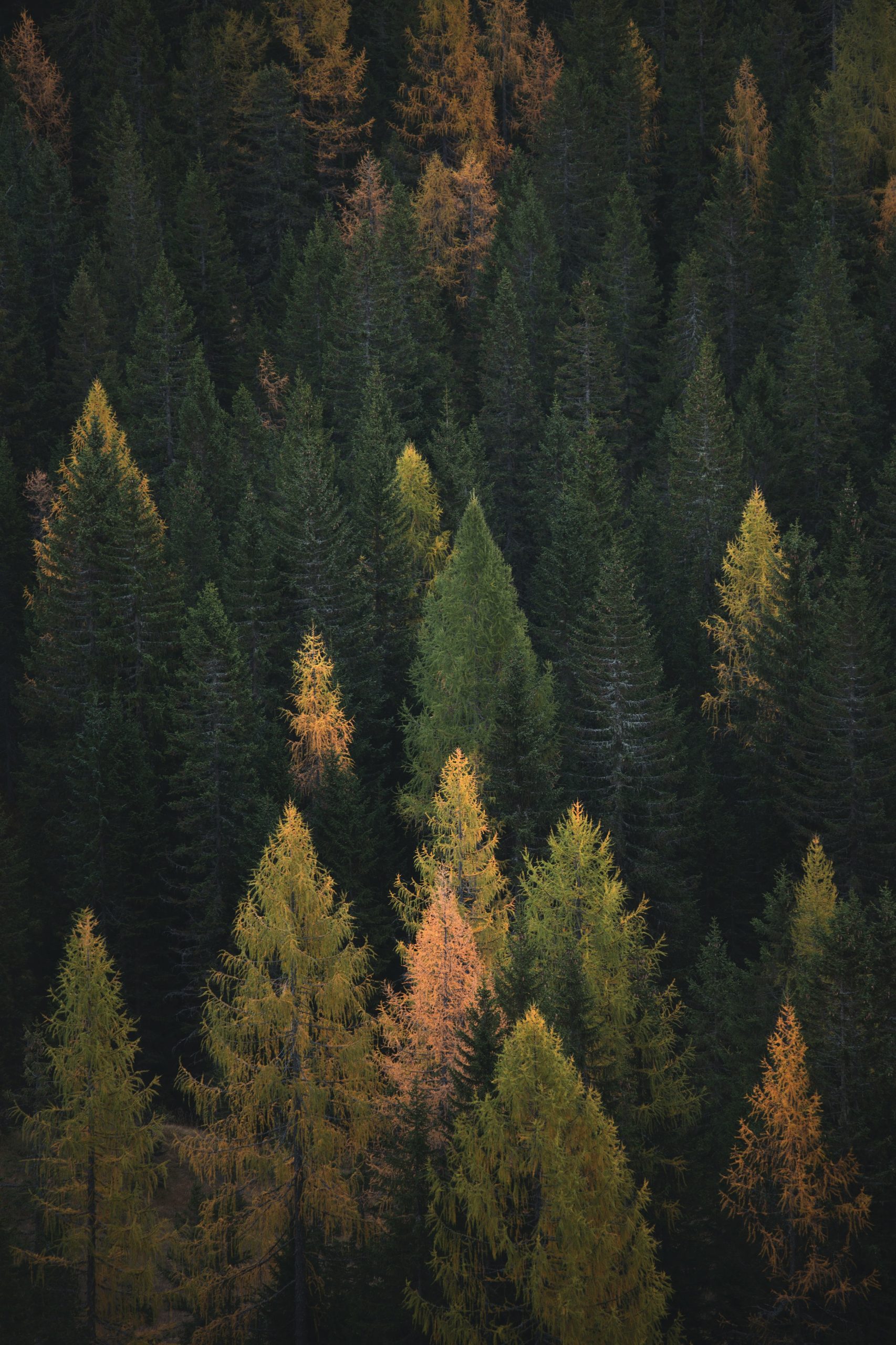
Image: Federico Bottos / Unsplash
Cramer adds that in many circumstances, the sensible thing for a tree to do would be to try to disadvantage its neighbour as much as possible which plants do through competition for light, water and nutrients. Some plants even release toxic compounds that discourage unrelated species from growing nearby, known as ‘allelopathy’.
“Some savanna trees have been interpreted as communicating to other trees when they are browsed. This is an old story much repeated by tourist guides, where trees ‘talk to each other’ after being browsed, for example, by kudu. There is a large global literature on communication among trees (and shrubs and grasses) on chemical signalling in response to simulated herbivory. Very little of that research, if any, has shown its importance in field situations. I don’t know if there is any current work in South Africa on this plant ‘neighbourhood watch’ communicating the presence of ‘enemies’,” adds Professor Bond.
Central to the controversy Suzanne Simard’s work has caused is that she purports that this is a willingly cooperative system.
But is it? Or is it just a classic case of the majesty of evolution?
“Suggesting that trees willingly part with resources (sugars or amino acids) to fund the growth of a neighbour is flawed. However, the ‘communication’ idea expressed in this literature does lead on to higher things, like the suggestion of some emergent sentience of forests.
“I don’t have any problem believing that information could leak from one species to another in a forest, but I do have a problem accepting the idea of cooperation because it is foreign to the way I understand forest ecology and competition,” says Professor Cramer.
Malone adds that willingness suggests understanding, acknowledgement and a decision to act, which he points out, is “a very high-level, neural cognition that we don’t know if something like this mycelial network possesses.
“So to speak of a ‘willingness’ might be pushing the envelope a bit given the evidence that we currently have but that is not to say that it doesn’t happen. How much as well as what information is actually moving around these networks? This is kind of fringe science but that’s also how things start. In my opinion that doesn’t mean there is no credibility to the thought just because it is still on the outskirts of what we know,” he notes.
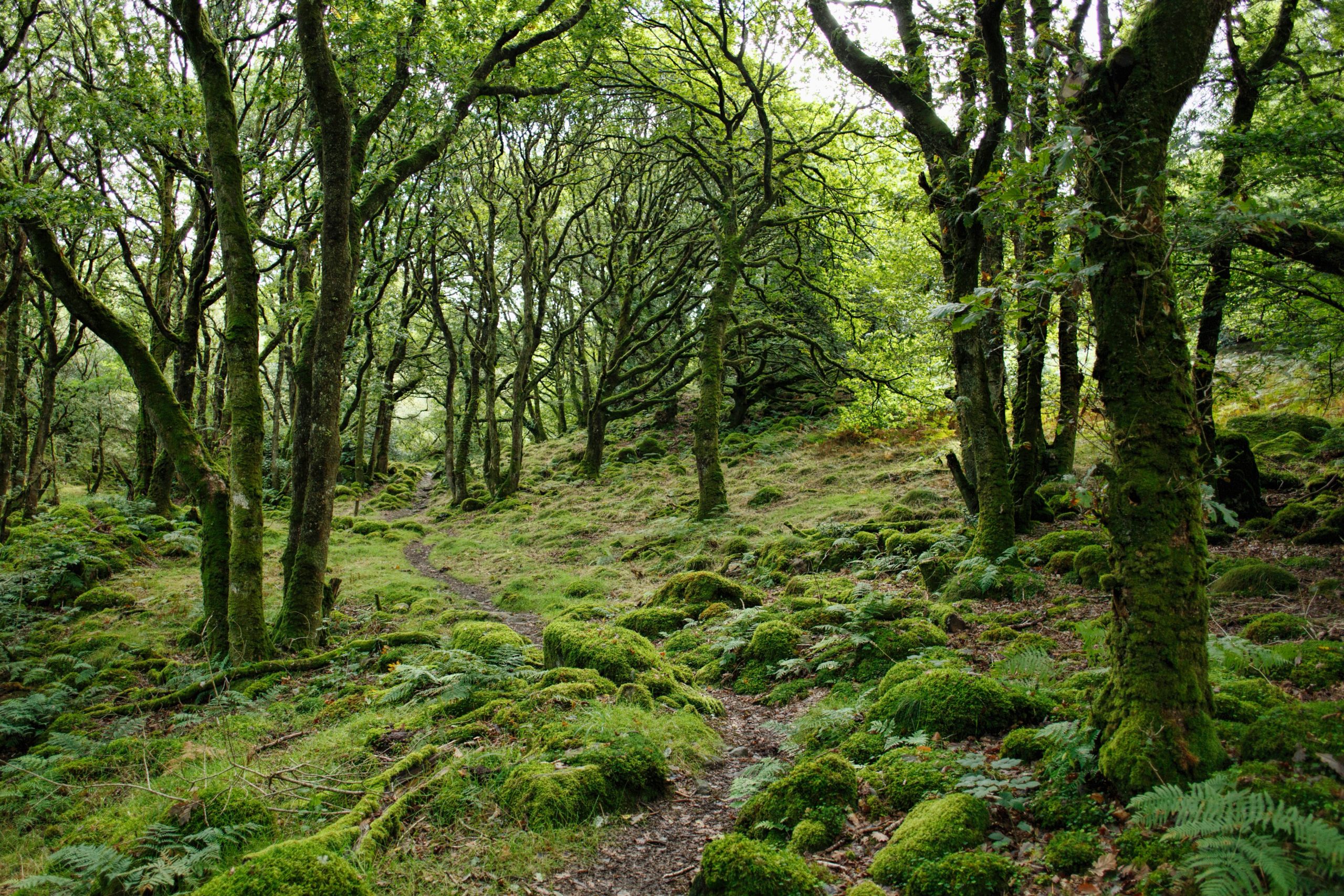
Image: Marc Pell / Unsplash
Nature and its products are sometimes so vast, so epic that one can almost understand the curious desire to humanise it in a bid to explain its intricacies and complexities in ways that are more relatable and accessible. This is at least German forester Peter Wohlleben’s rationale, whose 2017 book “The Hidden Life of Trees: What They Feel, How They Communicate” has been touted as ‘controversial’ for its often far-reaching metaphors.
“I do think words like ‘communication’ or ‘talking’ may have become lost in translation from science to common speak. Biologists talk about cells communicating. For example, when you eat something sugary the cells ‘communicate’ to stabilise your blood sugar. This is via chemical prompts ‘telling’ the body what to do, not a WhatsApp group,” says Dr Allsopp.
Professor Allsopp also suggests that without humanising plant ‘behaviour’ there are many possible cases where evolution favours actions by plants that favour their own and other species and that at the end of the day, we should ask ourselves whether this has an overall positive or negative impact on the survival of the species’ genes.
“A modified ecosystem can be created by so-called cooperative actions by plant assemblies because the overall survival of all the species is enhanced even if there are some tradeoffs.
“In the fynbos region, we can speculate that when forests are established, they create a fire exclusion habitat that keeps most of the normal fynbos fires out. Afrotemperate forest species are less flammable than fynbos and so ‘protect’ each other. Overall it helps such species survive if they live in a community of other trees, irrespective of species, rather than living alone in a patch of fynbos,” says Allsopp.
Malone reminds us that the way evolution progresses is that the species and systems within nature that ‘don’t work’ die out. It is the law of natural selection. It is an eventuality of evolution over millions of years of what works and what doesn’t. “The ones [species] that do work and that do ‘look after each other’ in some sort of way, they stick around and therefore we find this beautiful symbiosis or ‘harmony’ that is formed through this competition,” he says, adding that, “According to our current understanding of evolution, all species, all individual organisms are in constant battle for survival. This is the most credible science we have right now, so you can almost suggest that this harmony is a byproduct of the competition. The complexities are so great that the unison of competition actually rings.”
Put simply by Dr Allsopp, “There are lots of amazing things going on in nature which don’t need to be reduced to human terms of interactions to remain amazing”. DM/ ML
















 Become an Insider
Become an Insider
I first came across this concept watching a TED Talk by Suzanne Simard years back It was mind-blowing, as is this article. Nature is just incredible. It left me thinking how ignorant we humans are of the complexities of the natural world – and this part, just underfoot.
If we need to use humanise the manner in which nature works in order to get people to relate to it more intimately then so be it.
After enjoying the documentary (little bit of fiction) on Netflix about Fungi it was a pleasure to read this well researched and written piece in the Daily Maverick.
I loved the documentary for its photography but I found the science hard to follow because it was not really explained so it was with huge relief that I read this article that explains the different types of fungi and their strategies in a logical format.
Im going to follow Catherine Del Monte because she has proved that she research and explain science.